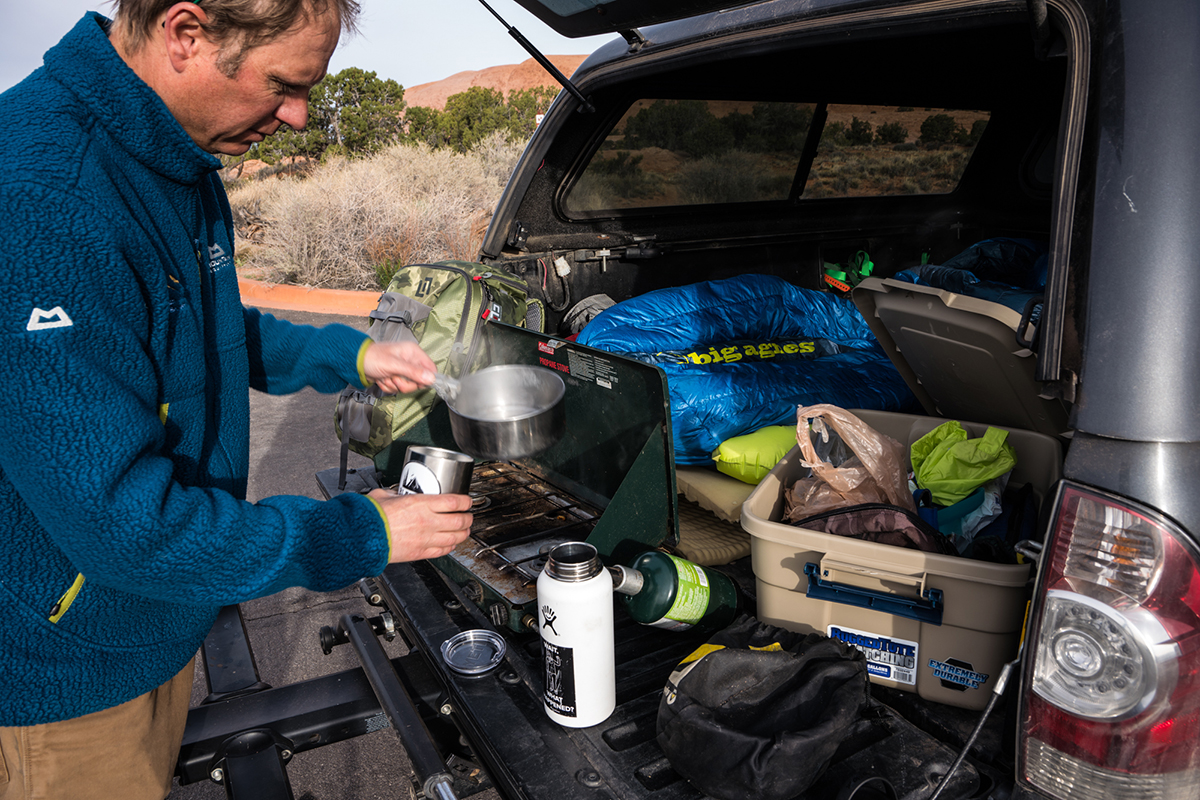Just a few weeks ago SIGMA made a huge announcement. They would be making lenses natively compatible with Sony E-mount in the very near future. At first it will be the Art prime line and later all the zoom Art and Sport lenses will be available, too. This raised a lot of eyebrows, mine included.
It’s no secret that mirrorless cameras are growing in popularity and performance! Companies like Sony, Olympus and Panasonic have been putting out highly refined mirrorless cameras for some time now and SIGMA has been offering prime DN lenses for either the APS-C or micro-four thirds image circle for several years now. But the introduction of the full-frame Sony E-mount system has been a major game-changer.

Wanting to learn more about why some are switching systems, I decided I’d try one myself. I reached out to Sony Pro Services and they were kind enough to let me borrow a A7RIII camera for a few days. My primary concern being, “How well will my SIGMA lenses (Canon mount) work on the Sony camera using a SIGMA MC-11 mount converter?” I had to try a test-drive for myself to see.

I decided on a quick landscape shoot in Moab, UT to test out the system.

For lenses I brought the 12-24mm F4 DG HSM | Art as my variable wide; the 24-70mm F2.8 DG OS HSM | Art and 100-400mm F5-6.3 DG OS HSM | Contemporary as my workhorses; the 24mm F1.4 DG HSM | Art as my wide prime; and the 50mm F1.4 DG HSM | Art. What were the results? Excellent!

The SIGMA MC-11 mount converter and lenses paired very well with the Sony A7RIII. Focus was achieved quickly and spot on for nearly every situation. The ultra high optical quality of the SIGMA lenses had no problem resolving Sony’s high megapixel camera. Images were incredibly sharp and detailed.

With the MC-11 adapter attached, you still have in-camera stabilization, which is an advantage over some other adapters. As I was shooting on a tripod most of the time it did not affect me, but this will be a welcome additional feature when the SIGMA native E-mount lenses hit stores.

Here’s the final takeaway for those thinking of making a move to Sony mirrorless. If you are like me and have lots of Sigma lenses that you love and just could not part with, worry not. Grab an MC-11 and go forth confidently.

As SIGMA releases more E-mount lenses there will be two more options. First, buy the E-mount lenses as they are released and second, take advantage of the Mount Conversion option. Yes, you heard me right. Once available, you can send in your Canon mount SIGMA lens and SIGMA will convert it into a E-mount lens (so long as the lens has been released in E-mount)!

Get your SIGMA lenses on your favorite E-mount camera this spring! Happy mirrorless shooting!

*All images taken on Sony A7RIII.

Please Sigma be gearing up for the new Nikon X mount. Hope they are working with you behind closed doors.
Does the IBIS in Sony works with Sigma 24-70 stabilization? Or is it just IBIS or just stabilization in lens?